 1992 Mitsubishi Libero Dimensions, Size & Specs
1992 Mitsubishi Libero Dimensions, Size & SpecsMeasurements of the 1992 Mitsubishi Libero, engineered for optimal performance and comfort
| Dimensions | |
|---|---|
| Length: | 4420 mm174.0 in14.5 ft |
| Width: | 1690 mm66.5 in5.5 ft |
| Height: | 1470 mm57.9 in4.8 ft |
| Trunk Capacity: | 470 liter16.6 cu ft |
| Trunk Capacity (Max): | 1400 liter49.4 cu ft |
| Weight Specifications | |
| Curb Weight: | 1110 kg2447 lbs |
| Tire Specifications | |
| Tire Size: |
|
The Mitsubishi Libero station wagon, produced from 1992 to 2002, is a practical and compact family vehicle designed to blend efficient dimensions with versatile cargo capacity. Measuring 4420 mm (174 inches) in length, 1690 mm (66.5 inches) in width, and 1470 mm (57.9 inches) in height, the Libero fits comfortably into urban environments while offering generous interior space. Its curb weight stands at a moderate 1110 kg (2447 lbs), contributing to nimble handling and relatively good fuel economy for the era. The Libero's luggage capacity is notably flexible, providing 470 liters (16.6 cubic feet) of cargo space with all seats upright, making it suitable for everyday errands and small family trips. When the rear seats are folded down, the cargo volume significantly expands to 1400 liters (49.4 cubic feet), allowing for the transportation of larger items or increased luggage loads. It rides on 185/65 R14 tires, balancing comfort and road grip. Overall, the Mitsubishi Libero represents a well-rounded compact station wagon ideal for those seeking an economical yet spacious vehicle with respectable storage options during the 1990s and early 2000s.
Discover the standout features that make the 1992 Mitsubishi Libero a leader in its class
Have a question? Please check our knowledgebase first.
The 1992 Mitsubishi Libero station wagon features a length of 4420 mm (174.0 inches), a width of 1690 mm (66.5 inches), and a height of 1470 mm (57.9 inches). These dimensions make it a compact yet practical vehicle, suitable for urban driving and offering a decent amount of interior space.
The Mitsubishi Libero has a curb weight of approximately 1110 kg (2447 lbs). This relatively light weight for a station wagon of its size contributes to better fuel efficiency and nimble handling. The manageable weight also aids in responsive acceleration and braking, making the Libero practical for everyday use.
The Mitsubishi Libero offers a luggage capacity of about 470 liters (16.6 cubic feet) with the rear seats upright, which is a reasonable capacity for a station wagon of its class. When the rear seats are folded down, the luggage space significantly expands to approximately 1400 liters (49.4 cubic feet), providing ample room for larger items or extended trips.
The Mitsubishi Libero comes equipped with 185/65 R14 tires. These tires balance ride comfort, road grip, and fuel efficiency. The 14-inch wheels contribute to a smoother ride over rough surfaces while maintaining adequate handling characteristics, complementing the car's lightweight and compact design.
Yes, the Mitsubishi Libero fits comfortably into a standard residential garage. Most standard garages have internal dimensions of around 2.4 to 2.7 meters (8 to 9 feet) in width and over 5 meters (16 feet) in length, and the Libero's dimensions of 4420 mm (4.42 meters/14.5 feet) in length and 1690 mm (1.69 meters/5.5 feet) in width allow it to fit with enough clearance for easy parking and doors opening.
With an exterior height of 1470 mm (57.9 inches), the Mitsubishi Libero offers a reasonable interior headroom for front and rear passengers, typical of station wagons from its time. Though not overly spacious vertically, the design focuses on maximizing comfort within its compact footprint, providing adequate space for average height occupants without feeling cramped.
Compared to its predecessor, the Mitsubishi Lancer Wagon (on which the Libero is based), the Libero maintained a similar footprint but introduced subtle refinements in design to enhance interior packaging and exterior aerodynamics. While detailed predecessor dimensions vary, the Libero's length of 4420 mm and width of 1690 mm signify a compact yet optimally sized wagon, generally aligning with or slightly improving upon the previous generation’s dimensions to better meet early 1990s market demand.
The Mitsubishi Libero occupies a niche as a compact station wagon, competing against vehicles such as the Toyota Corolla wagon and the Nissan Wingroad of the early 1990s. Dimensionally, it aligns closely with these rivals, offering comparable length (around 4.4 meters), width, and height, making it a practical choice for drivers seeking maneuverability combined with reasonable cargo space. Its luggage capacity of up to 1400 liters (with seats folded) stacks competitively within its segment.
The Mitsubishi Libero’s compact dimensions—length of 4420 mm (174 inches) and width of 1690 mm (66.5 inches)—make it especially suitable for urban driving. These size attributes facilitate easier parking in tight city spaces, enhanced maneuverability through narrow streets, and generally improved fuel efficiency. Despite its compact footprint, the Libero provides practical cargo space, bridging the gap between a small car and a functional family wagon.
The Mitsubishi Libero, produced between 1992 and 2002, is known for its reliability, practical design, and efficient use of interior space. As a station wagon, it served well for families and individuals needing additional cargo room without moving to a larger vehicle category. The car balances economy with utility, offering decent luggage capacity (470 liters regular, expanding to 1400 liters) and manageable driving dimensions. Typical uses include daily commuting, small family travel, and light cargo transport, making it a versatile vehicle for various lifestyle needs during its production period.
Discover similar sized cars.
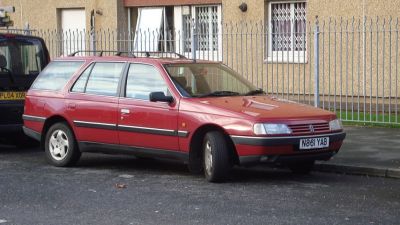
| Model Year: | 1992 |
|---|---|
| Length: | 4398 mm173.1 in |
| Width: | 1704-1714 mm67.1-67.5 in |
| Height: | 1445-1481 mm56.9-58.3 in |

| Production: | 1988-1992 |
|---|---|
| Model Year: | 1988 |
| Length: | 4398 mm173.1 in |
| Width: | 1714 mm67.5 in |
| Height: | 1450 mm57.1 in |
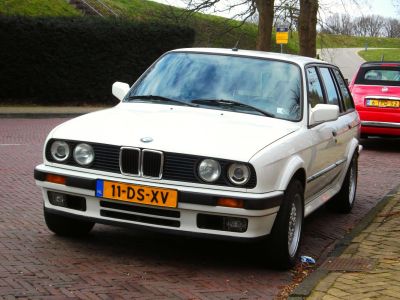
| Production: | 1987-1994 |
|---|---|
| Model Year: | 1988 |
| Length: | 4325 mm170.3 in |
| Width: | 1645 mm64.8 in |
| Height: | 1380 mm54.3 in |

| Production: | 2001-2007 |
|---|---|
| Model Year: | 1999 |
| Length: | 4375 mm172.2 in |
| Width: | 1690 mm66.5 in |
| Height: | 1460 mm57.5 in |
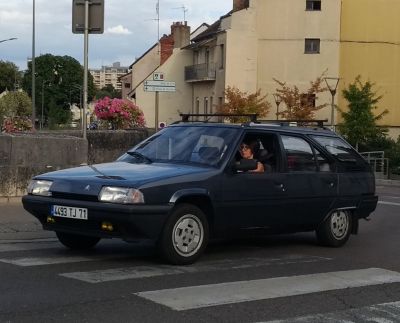
| Production: | 1986-1994 |
|---|---|
| Model Year: | 1987 |
| Length: | 4399 mm173.2 in |
| Width: | 1682 mm66.2 in |
| Height: | 1410-1440 mm55.5-56.7 in |
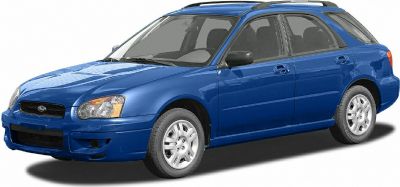
| Production: | 2002-2005 |
|---|---|
| Model Year: | 2003 |
| Length: | 4415 mm173.8 in |
| Width: | 1695 mm66.7 in |
| Height: | 1465 mm57.7 in |
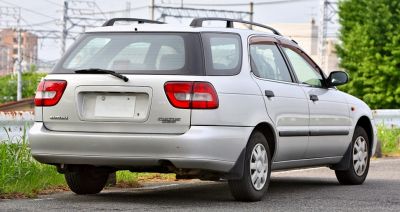
| Production: | 1995-1998 |
|---|---|
| Model Year: | 1995 |
| Length: | 4375 mm172.2 in |
| Width: | 1690 mm66.5 in |
| Height: | 1460 mm57.5 in |
